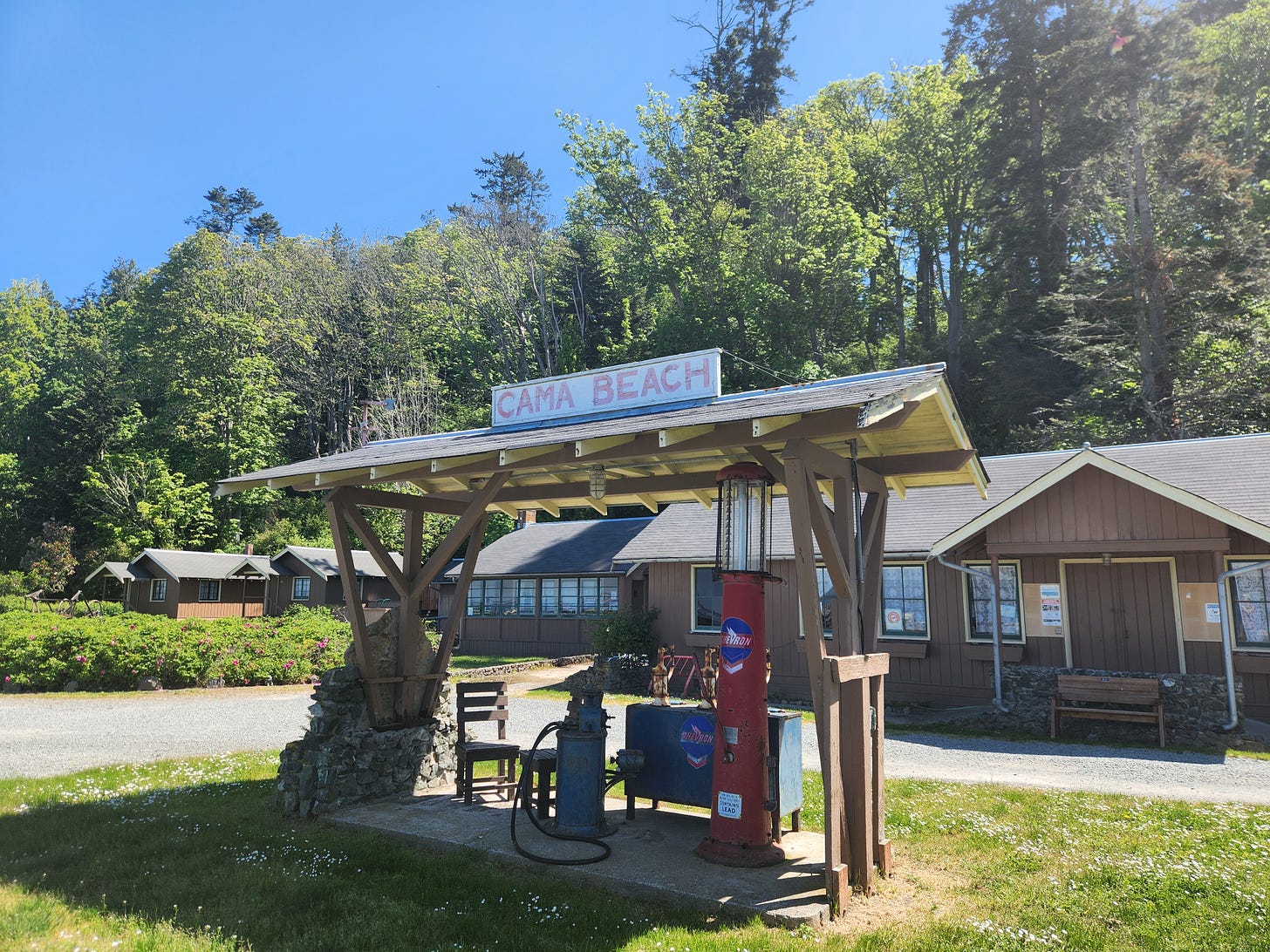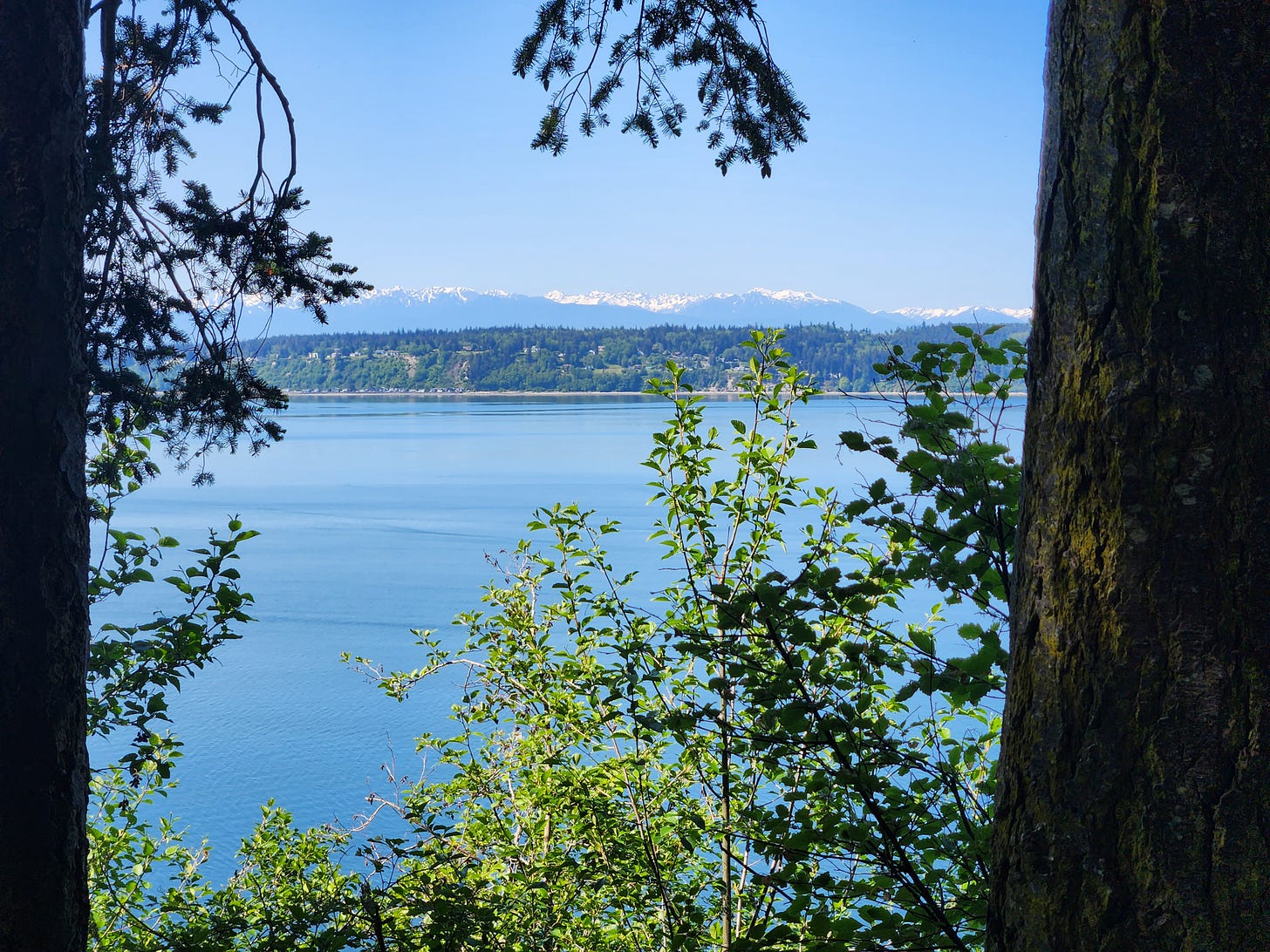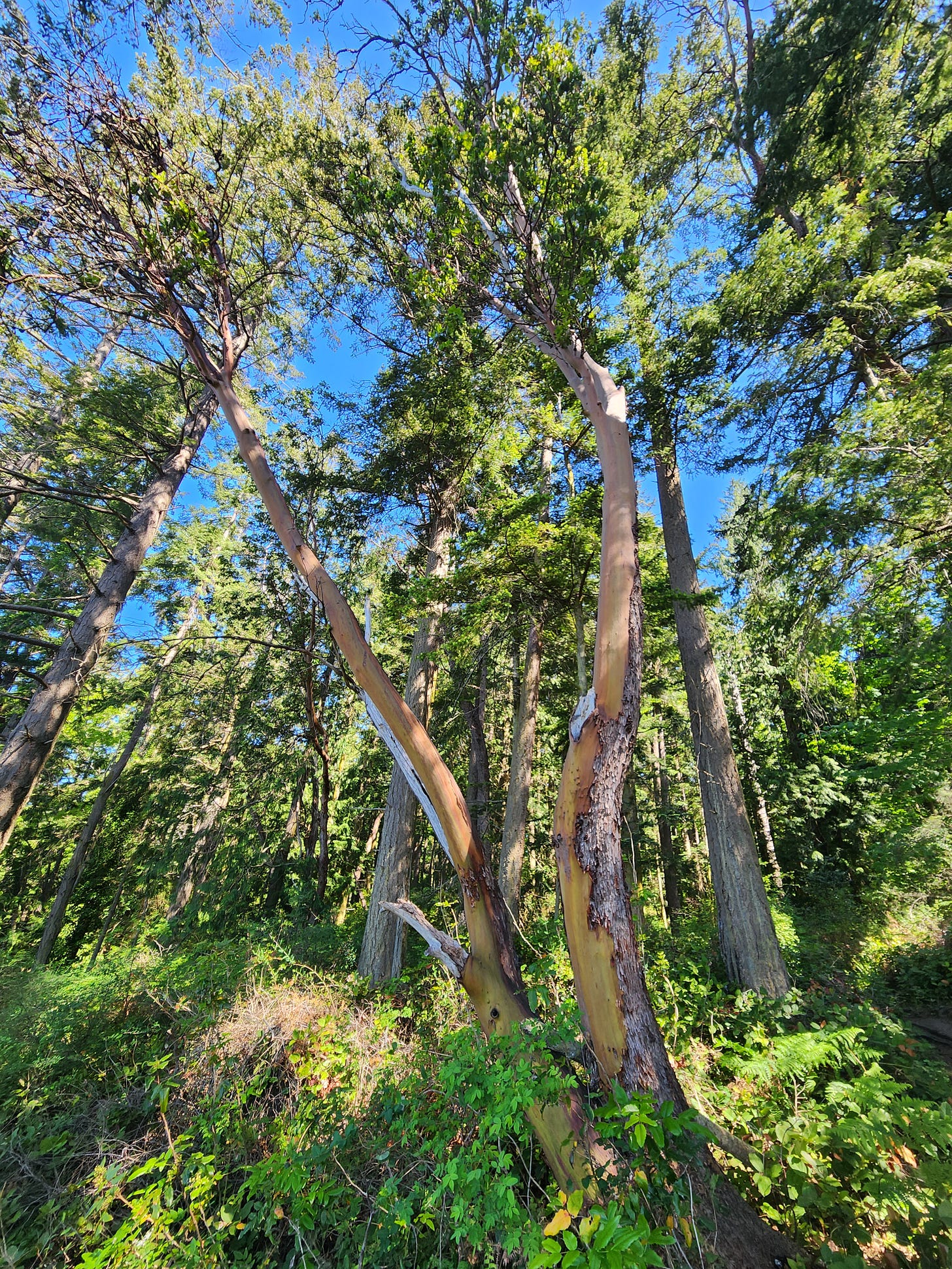This past weekend I took a walk in a park for The Field Trip. It made me reflect on the long history of recreation’s economic position.
Although Cama Beach State Park on Camano Island is just over 20 miles from home, I have not visited since my niece used it for her wedding more than a decade ago. This visit I focused on the natural and historical sites more than I was able during that momentous family event. Read on!
A Natural and Historical Setting
Camano Island is one of two islands that constitute Island County, plopped in the middle of Puget Sound, not far from where I grew up. I was surprised, but interested, in college when I was assigned a book that used the county as its subject. In one of the very first environmental histories, Richard White published in 1980 his Land Use, Environment, and Social Change: The Shaping of Island County, Washington—a book in the running for the most prosaic title ever.
The island still includes a few farms and some second- or third-growth forest. But mainly, it is a bedroom community for those who do not mind long commutes to careers in the Seattle metropolitan area or for retirees. Its 40 square miles is home to just over 17,000 people. The population—and traffic—increases in the summer as people stay in vacation homes and visit the island’s many beaches.
The state park provides a partial glimpse of the island of the past in a compressed form. And its contemporary existence helps explain the island of the present.
Walking in the Park through a Northwest Scene
I headed into the woods as soon as I parked. Although I had never walked the trail, it felt familiar. Walks in the woods in the Pacific Northwest do not disappoint.
Ferns and Oregon grape covered the forest floor, while maples and hemlock filled in higher. Douglas fir and western red cedar stumps – some with notches from loggers’ springboards—recalled the logging past that is consistent with most places in Western Washington. Birdsong—ravens, chickadees, nuthatches, sparrows, warblers, towhees, and Pacific wrens (my favorite)—helped drown out the occasional car and airplane noise that penetrated the trees.
As I trotted along, I caught occasional glimpses of Whidbey Island across Saratoga Passage, breaking up the greenery.
The house I grew up in is about eight miles from the part of Puget Sound known as Port Susan; the house I live in now is about five miles from the part of Puget Sound known as Skagit Bay. Despite this proximity, I have not spent that much time on the water or beaches. More than someone from Iowa or Idaho, of course, but not much by Northwest standards. Nevertheless, something about the sights and smells and feel of the Salish Sea is right—perhaps most of all from a embracing forest view, a madrone tree looking over the bluff.
Lined Up at the Beach
After a circuit in the woods, I dropped down to the beach, the only part of the park I recall from the wedding.
A symmetrical arrangement of identical small cabins line the beach.
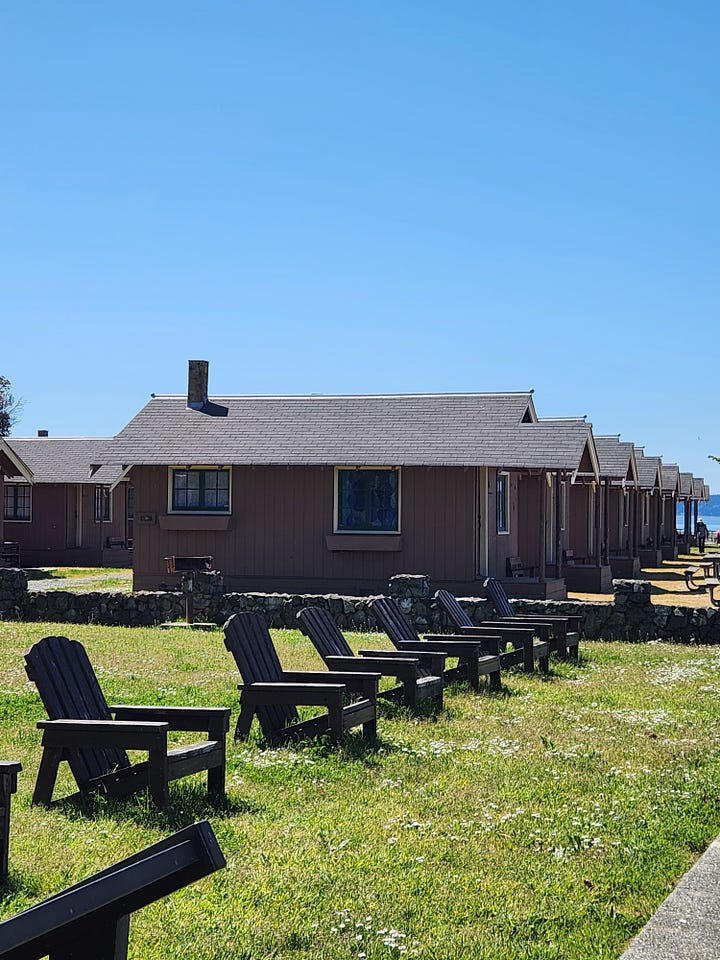
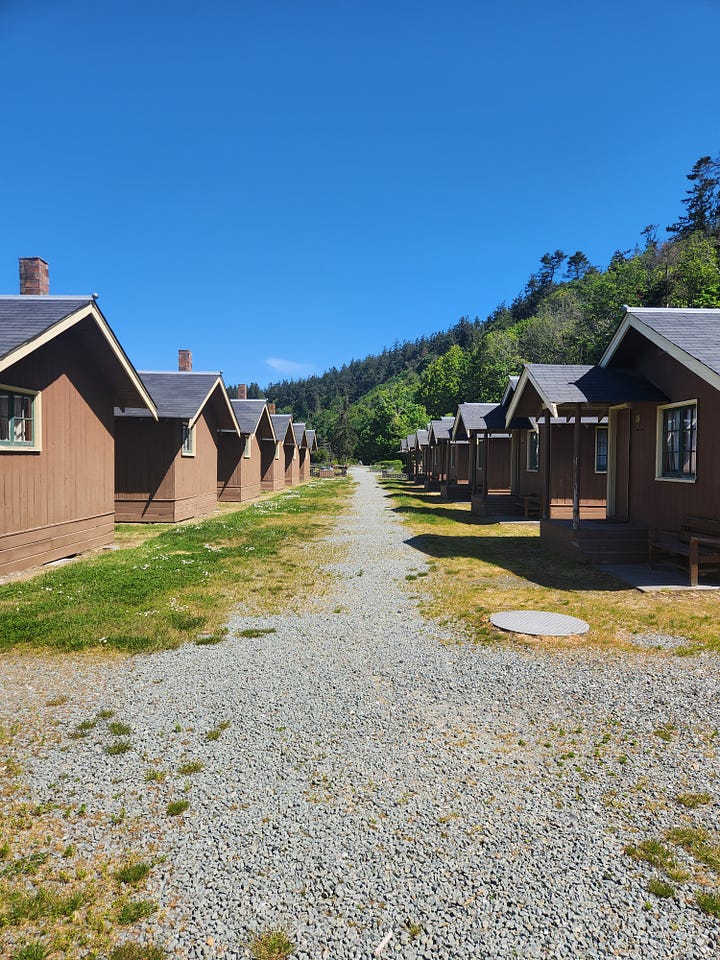
This resort dates from 1934. A few decades before, it had served as a logging camp. With logging in decline (because forests were in decline), islanders turned to tourism. At this time, between 2,000 and 4,000 people crossed the bridge over the Stillaguamish River onto Camano Island.
Auto camps and beach resorts like Cama Beach became the third pillar the local economy along with logging and farming. But it presaged a new economic configuration.
Read Richard White explain this transformation going on in Island County:
Unfortunately, nature’s wonders in the county had been taking a battering for nearly three-quarters of a century and quite a few of them badly needed some rehabilitation. Now, for the first time, dollar value could be attached to land that grew flowers, not wheat; land that supported deer, not cows; and water that yielded fish not for the market but for the visiting fisherman. These things brought vacationers, and vacationers brought money. By the 1930s there were campaigns to save elements of the island environment that seemed on the point of vanishing.1
Most of us recognize this sort of transformation near where we live. Many campaigns and conflicts fall along these lines with a traditional extractive or natural resource economy struggling against a newer urban or consumer economy.
I suspect many of us do not realize that such transformations are a century old. Catering to visitors, especially urban ones, drives lines between and among locals and outsiders (part of the “devil’s bargains” I mentioned here). This seems to me to be a defining dividing line.
It might be worth considering the length of time this dynamic has been in place. Recreation at Cama Beach after all has lasted far longer than its logging operation did.
At the Beach
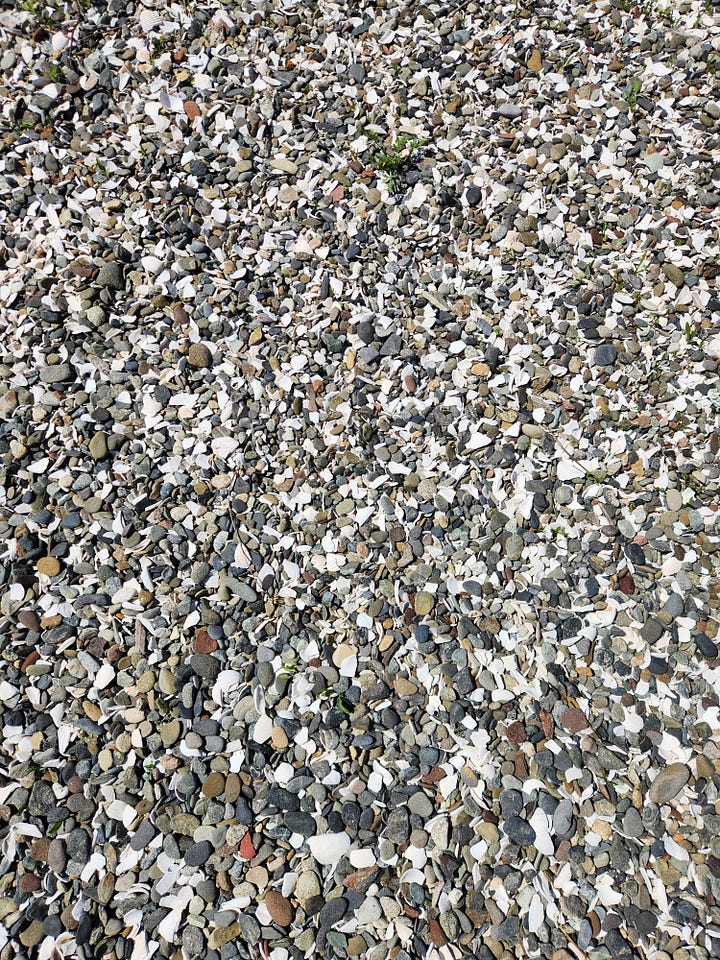
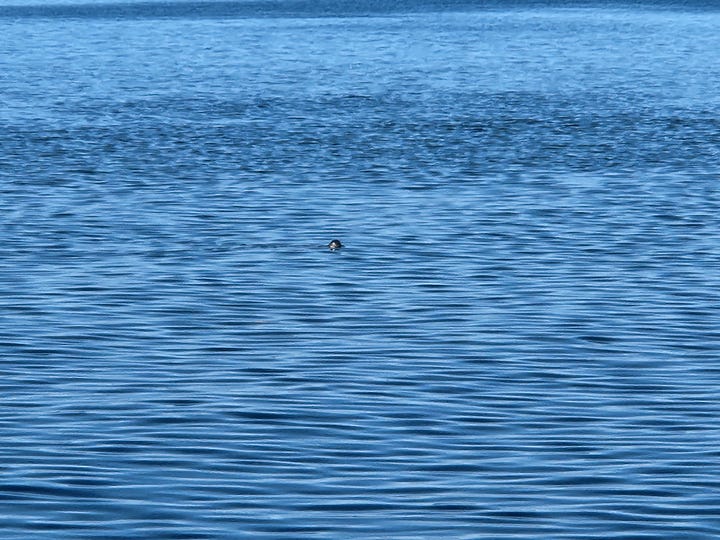
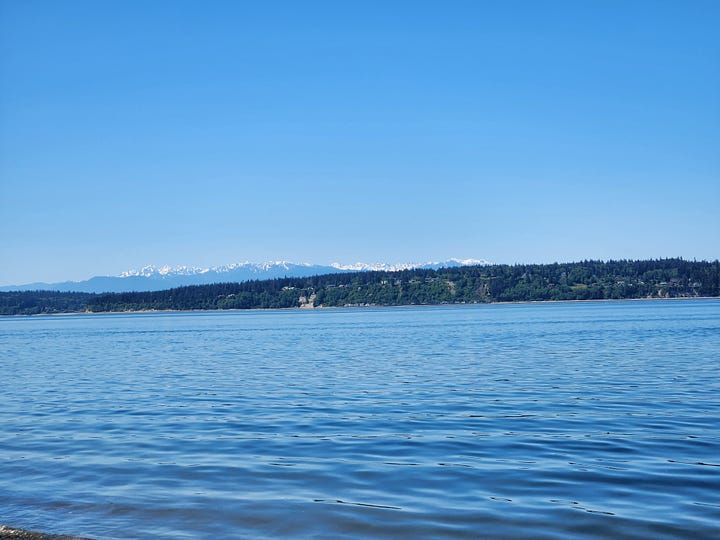
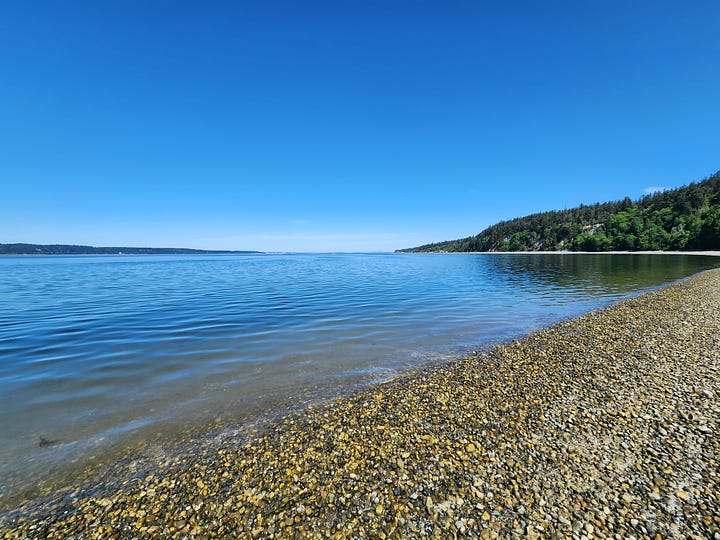
I walked between the lines of cabins, hearing noises of people inside and thinking about the many generations of visitors who have made memories there (including my niece whose reception was in one of these buildings).
I walked to the shore. A seal’s head popped up and looked around, seeming curious.
Curiosity helps us. We can learn from it. Maybe it’s the only way we learn.
Closing Words
Relevant Reruns
A part of this story is that of what to do with cutover land. I wrote a photo essay on this phenomenon in Idaho, available here. In an earlier field trip, I ventured to another part of Camano Island.
New Writing
Today, I also shared the latest interview for paid subscribers. Check it out and consider becoming a paid subscriber, if you haven’t already, to get full access and support my efforts at Taking Bearings. I’m working on some other local reporting that should be available soon.
As always, you can find my books, and books where some of my work is included, at my Bookshop affiliate page (where, if you order, I get a small benefit).
Taking Bearings Next Week
A trip to The Library is on deck. Stay tuned!
Richard White, Land Use, Environment, and Social Change: The Shaping of Island County, Washington (1980; Seattle: University of Washington Press, 1992), 148.




